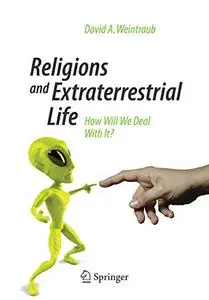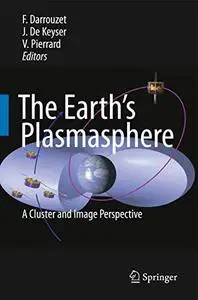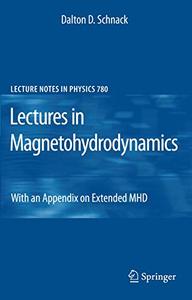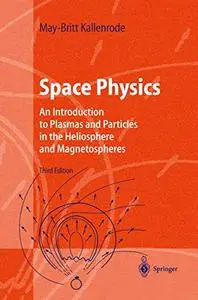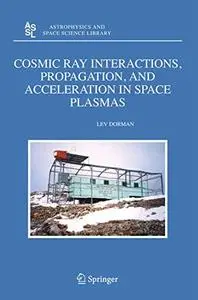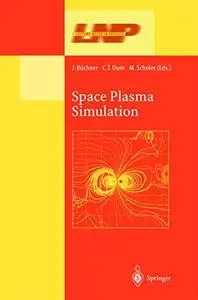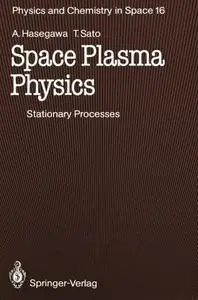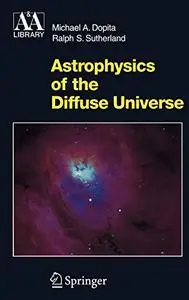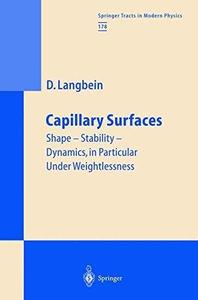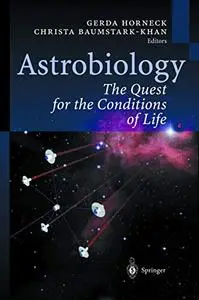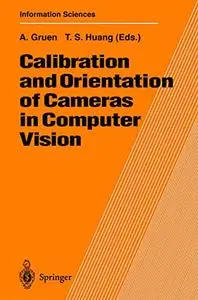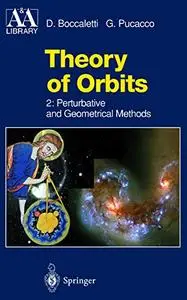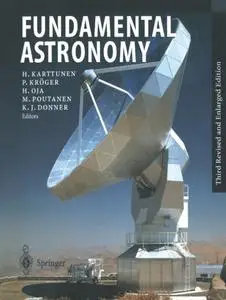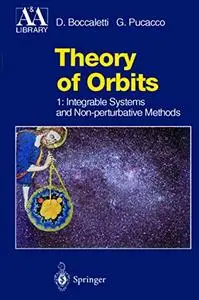Capillary Surfaces: Shape — Stability — Dynamics, in Particular Under Weightlessness by Dieter LangbeinEnglish | PDF | 2002 | 373 Pages | ISBN : 3540418156 | 5.9 MB
Even today flying into space is an undertaking at the borderline of what is curreiitly feasible. h veq complex assen~bly of sophist~icated machinery is needed in order to reach orbit and return from there to Eart,ll safely. A11 ast,ronaut knows that only if t,he rocket engines, inertial navigat,ion platforms. hydraulic systems; generators of electrical power, att,itude control systems, life support sj stems, coinput~ers. data transmission equipment, heat shields and many other components work flawlessly can he or she accomplish a mission in good llealt,h. I11 other words there is risk, but the odds are better than even. How else could a man or a woman see the incredible beauty of our planet Earth from a clist,ance? Take t,he combination of it,s colours. white and blue. It is so breatht,akingly stunning, that most likely not even a poet could find words to adequately describe it. There is the curved line of the horizon with an incredibly black slij above it. L4t first sight it is evident how elidless and empty the universe actually is. The Eart,h's horizon is fringed with a royal blue seam, our at,mosphere. Its beauty and fragility are thrilling, and seen from orbit it is instantly apparent that there is not much air around us.



